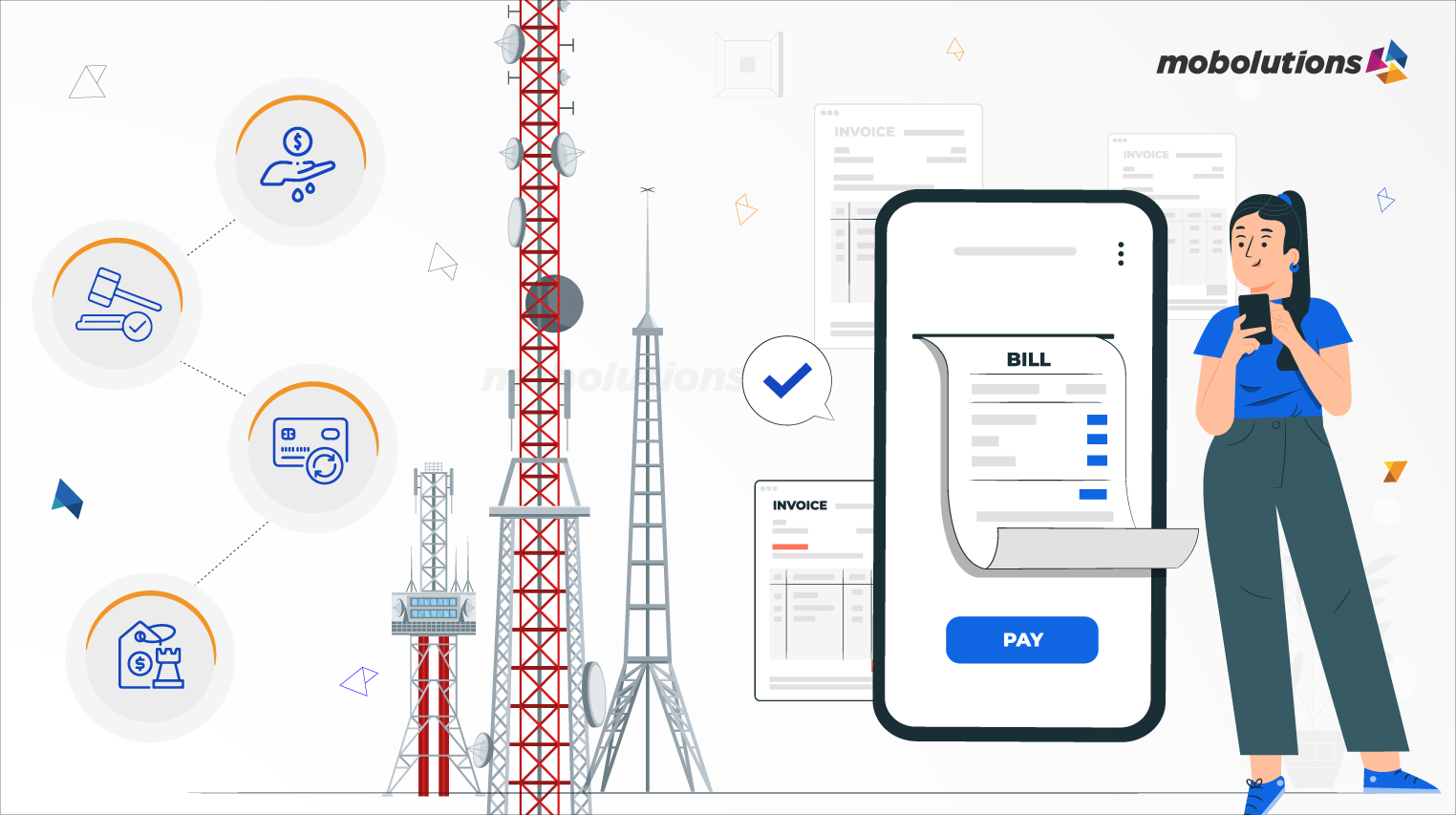Overcoming the Major Challenges and Complexities in Telecom Billing
Billing presents challenges for organizations across industries, but in the telecom sector, these challenges are especially pronounced. Complex pricing models, intricate billing processes, stringent compliance requirements, and efforts to minimize revenue leakage all contribute to the difficulties. Telecom companies face additional hurdles unique to their market, making billing even more complex.
The telecom industry encompasses a broad range of entities, including telecom carriers providing wired and wireless services, satellite telecommunications resellers, internet service providers, and mobile satellite service providers. These companies face not only the common billing challenges but also sector-specific issues.
Top Trends and Challenges Impacting Telecom Billing
Telecom companies face uniquely complex billing challenges. These are shaped by factors such as intricate pricing models, evolving customer demands, compliance with stringent regulations, and the ongoing battle to minimize revenue leakage. The telecom industry comprises a broad spectrum of entities, including wired and wireless carriers, satellite communication providers, internet service providers, and more—each facing sector-specific billing challenges.
Key Challenges Affecting Telecom Billing

1. Managing Massive Data Volumes
With 67% of the global population online and 93% internet penetration in the U.S. alone, telecom companies must process vast volumes of data. The exponential growth in internet usage and the widespread adoption of 5G technologies create increasingly complex billing requirements, particularly for data-hungry services like video streaming.
2. Revenue Tracking in Usage-Based Billing
Usage-based billing models are gaining momentum as customers demand more flexible and personalized plans. Tracking and managing diverse pricing structures in near real-time requires sophisticated solutions that can adapt to usage fluctuations while ensuring revenue accuracy. AI and machine learning play a pivotal role in enabling more precise, dynamic billing based on customer behaviour.
3. Navigating Diverse Pricing Structures
The telecom sector’s intense competition drives companies to offer bundled services and innovative pricing models, such as B2B2x. These diverse offerings complicate billing, requiring systems that can handle various customer types and pricing tiers without sacrificing efficiency or accuracy.
4. Addressing Revenue Leakage
Revenue leakage remains a major concern for telecom companies, with losses stemming from errors like unbilled usage, misapplied discounts, or compliance failures. Accurate and transparent billing processes are essential to reducing leakage, improving customer trust, and maximizing profitability.
Solution: Transform Telecom Billing with Next-Generation Platforms
Telecom businesses need robust billing solutions to meet these challenges head-on. Leveraging automation, analytics, and advanced technology, modern billing platforms streamline complex pricing models, automate invoicing, and integrate seamlessly with CRM systems. These solutions empower telecom companies to process data with precision, ensure compliance, and drive operational efficiency.
Boost Your Revenue with Mobolutions Powered by SAP BRIM
SAP BRIM (Billing and Revenue Innovation Management) offers a comprehensive, future-ready billing solution tailored to telecom needs. With the ability to handle massive data volumes and complex billing requirements, SAP BRIM simplifies revenue tracking while enabling personalized customer offerings through data-driven insights.
Mobolutions, with its deep expertise in SAP BRIM implementation, helps transform your billing processes, improve order management, and optimize cash flow. Our partnership with Digital Route ensures that you maintain agility while keeping full control over data, compliance, and innovation.
Take Control of Your Telecom Billing with SAP BRIM:
With SAP BRIM, telecom companies can overcome the complexities of billing, eliminate revenue leakage, and drive sustained growth—all while enhancing customer satisfaction and operational efficiency.
